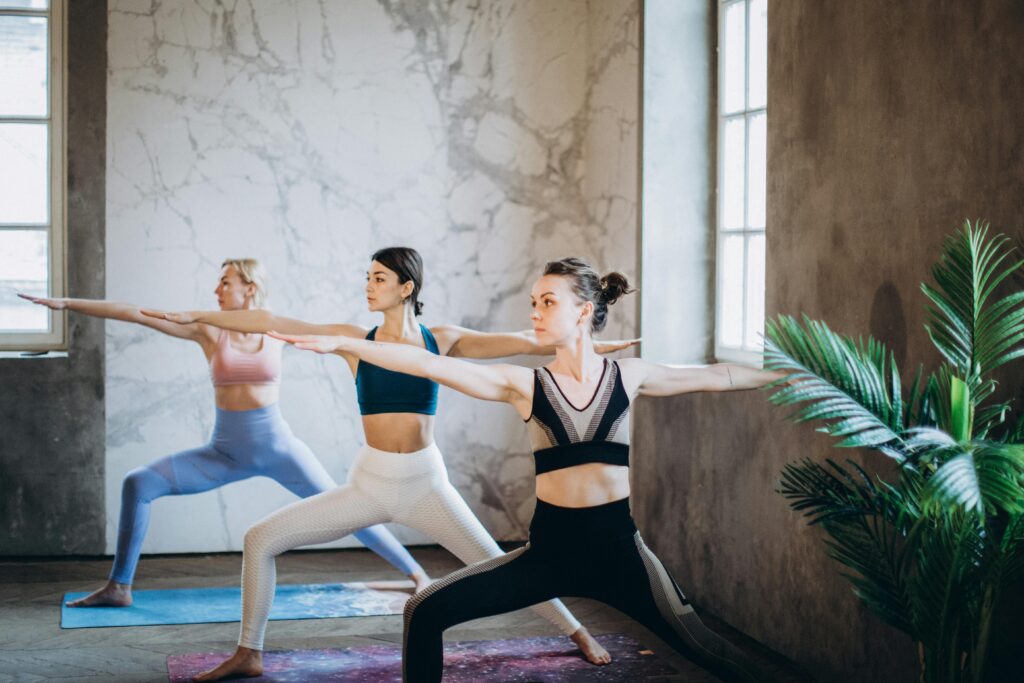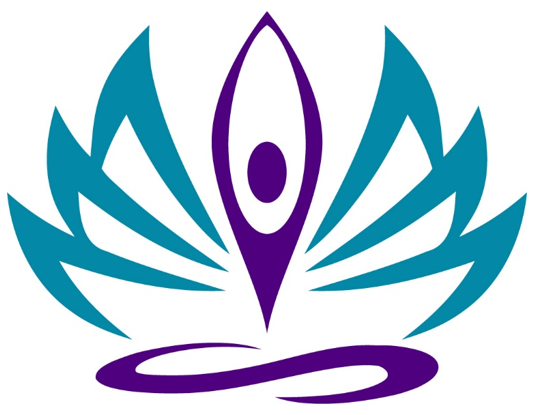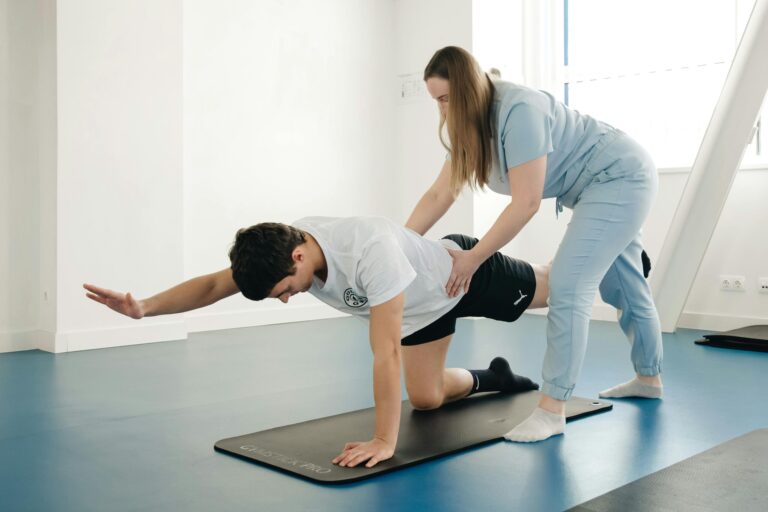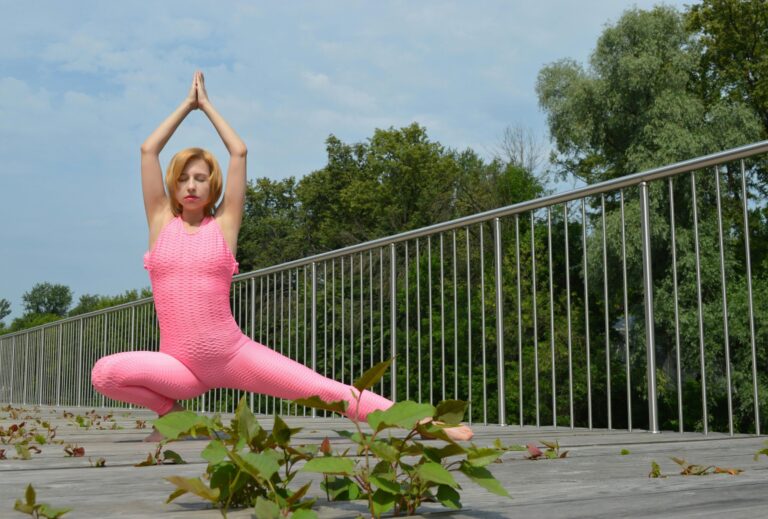Yoga for mobility in the thoracic spine
The thoracic spine (thoracic spine) is a central part of our spine and plays an important role in our posture, breathing and freedom of movement. In this blog post, you will find out what the thoracic spine is, why it is so important to keep it flexible and how yoga can help to relieve tension and increase flexibility.
What is the thoracic spine?
The thoracic spine is the middle section of our spine and comprises the vertebrae between the neck (cervical spine) and the lower back (lumbar spine). It consists of 12 vertebrae (T1 to T12), which are connected to the ribs and form the rib cage structure. Compared to the cervical or lumbar spine, the thoracic spine is less mobile as it has a strong stabilizing effect and protects the body from external stresses.
Why is it important to keep the thoracic spine flexible?
We tend to neglect our thoracic spine in our hectic everyday lives and by sitting at our desks for long periods of time. Reduced mobility of the thoracic spine can lead to various complaints:
- Tension and painLack of movement in the thoracic spine causes tension to build up, particularly in the upper back, between the shoulder blades and in the neck.
- Poor postureA stiff thoracic spine can lead to poor posture, such as a hunched back (hyperkyphosis). This puts strain on other areas of the spine and can lead to chronic pain in the long term.
- Restricted breathingAs the thoracic spine is connected to the ribs, its mobility also influences the expansion of the ribcage. An inflexible thoracic spine can restrict breathing capacity and impair the supply of oxygen to the body.
How yoga can help to keep the thoracic spine flexible
Yoga is an excellent method for promoting flexibility in the thoracic spine and alleviating discomfort. Targeted stretches, movements and, above all, twists mobilize the thoracic spine and strengthen the muscles. Yoga not only helps to relieve tension, but also promotes better body awareness and conscious, deep breathing.
Effect of yoga on the thoracic spine
- Promoting flexibilityGentle twists, stretches and extensions in yoga mobilize the thoracic spine. This can help to reduce stiffness and release surrounding muscle tension.
- Strengthening the musclesYoga strengthens the muscles in the back, shoulders and neck. Well-trained muscles support the spine, prevent injuries and promote an upright posture.
- Improving postureRegular practice of yoga exercises specifically for the thoracic spine improves posture. The thoracic spine is relieved and incorrect posture such as a hunched back is prevented or counteracted.
- Promotion of breathing capacityYoga exercises that open up the chest, including the thoracic spine, can deepen breathing and improve oxygen uptake. This helps to supply the entire body with more energy and has a positive effect on the mobility of the diaphragm.
Suitable yoga exercises for the thoracic spine
There are many yoga poses that are specifically designed to increase the mobility and flexibility of the thoracic spine. You can find a yoga class to improve the flexibility of your thoracic spine here:
If you don't have time for a whole yoga class and just want a few exercises that you can do straight away, here are some examples:
Cat-cow exercise (Marjaryasana-Bitilasana)
This exercise mobilizes the entire spine and helps to gently stretch the thoracic spine. In the "cat" position, the back is rounded and in the "cow" position, the chest is opened. This movement promotes flexibility and relieves tension.


Sitting rotation
(Ardha Matsyendrasana)
This seated twist not only strengthens the thoracic spine, but also helps to mobilize the entire back and improve flexibility. The twist promotes blood circulation and relaxes the muscles.
Warrior II (Virabhadrasana II)
This pose strengthens the legs and hips, but also opens the chest and promotes an upright posture. A strong, upright posture supports the thoracic spine and helps to prevent the back from rounding.


Bridge (Setu Bandhasana) and Wheel/Full Bridge (Urdhva Dhanurasana)
Two excellent exercises to strengthen the back and open the chest. They promote mobility in the thoracic spine and help to stretch the front of the body.
You can find a variation of the bridge here:
You can learn the advanced yoga asana of the full bridge/wheel in this video:
Cobra pose (Bhujangasana)
In cobra, the upper body is pulled upwards, stretching and opening the thoracic spine and strengthening the upper back muscles. This exercise helps to expand the ribcage and stretch the spine.

Breathing exercises for more flexibility
Breathing exercises such as Pranayama can further strengthen the effect of yoga on the thoracic spine. Conscious breathing helps to release tension and mobilize the rib cage. Especially the Deep diaphragmatic breathingin which the breath is directed to the lower ribs in particular, promotes flexibility and ensures deeper, relaxing breathing. Deep diaphragmatic breathing also relieves pressure on the neck muscles and gently strengthens the lateral abdominal muscles.
Conclusion:
Keeping the thoracic spine healthy and flexible
The thoracic spine plays a crucial role in our posture and general well-being. Through yoga, we can promote its mobility, release tension and thus not only prevent back problems, but also develop better breathing and posture. If you practise yoga regularly, you will not only keep your thoracic spine flexible and your muscles strong, but also improve your overall body awareness and breathing quality.
Take time regularly to immerse yourself in these yoga poses and feel the healing power of movement for your back. Your body will thank you for it - especially at the turn of the year, when you want to create a healthy and balanced foundation for the new year.







